All Science
 Australian Aborigines spent 50,000 years isolated from the rest of us
Australian Aborigines spent 50,000 years isolated from the rest of usGeneticists sequenced the Y chromosomes of Aboriginal Australians and found evidence that the population was isolated for tens of thousands of years.
 Quantum dots finally take a giant leap forward
Quantum dots finally take a giant leap forwardQuantum dots, a technology brimming with promise but held back by hurdles in the research, have taken another bound forward in their efforts to break free and revolutionize the electronic landscape.
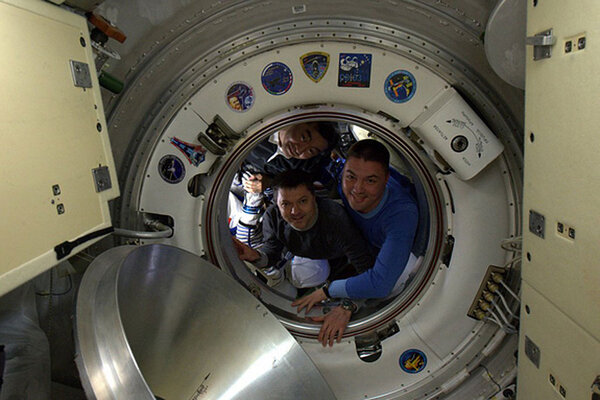 Scott Kelly's one year in space to end with bumpy ride home
Scott Kelly's one year in space to end with bumpy ride homeThe American astronaut Scott Kelly returns to Earth from the International Space Station, from what is likely his last space mission. His trip back to Earth will be relatively quick, though not necessarily easy.
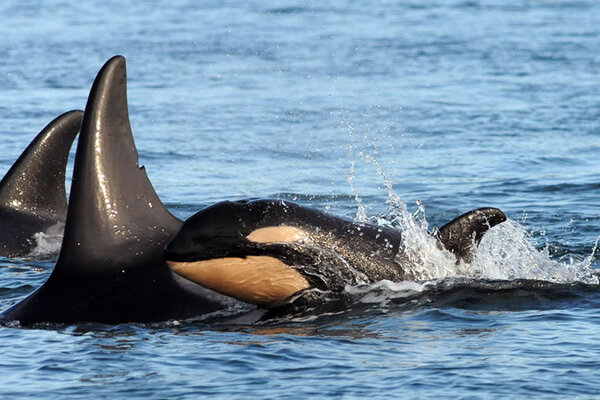 What's that mysterious underwater hum? It might be fish gas.
What's that mysterious underwater hum? It might be fish gas.What the sounds of the deep sea tell us about the lives of marine creatures.
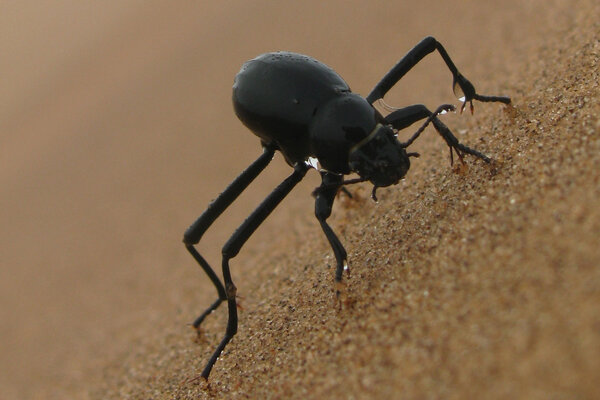 First LookWhat a cactus, a beetle, and a pitcher plant can teach about harvesting water
First LookWhat a cactus, a beetle, and a pitcher plant can teach about harvesting waterScientists have combined solutions from cacti, beetles, and pitcher plants to help improve water-harvesting systems. The study is one of the first examples of combining solutions from multiple natural sources.
 First LookMystery solved: Scientists trace radio bursts to a galaxy far, far away
First LookMystery solved: Scientists trace radio bursts to a galaxy far, far awayAfter a decade of puzzlement over their origins, scientists have recently been able to trace a burst of radio waves to a galaxy 6 billion light years away, where two neutron stars collided.
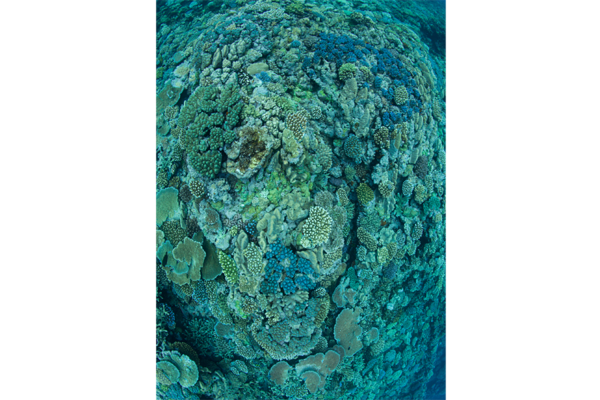 Ocean acidification is taking a toll on coral reef growth. Can we save the reefs?
Ocean acidification is taking a toll on coral reef growth. Can we save the reefs?Scientists find more evidence that coral reefs are suffering from environmental changes. But, they say it's not too late.
 To protect natural resources, put a price tag on them, say scientists
To protect natural resources, put a price tag on them, say scientistsAs climate change shifts natural resources around the globe, wealth will follow.
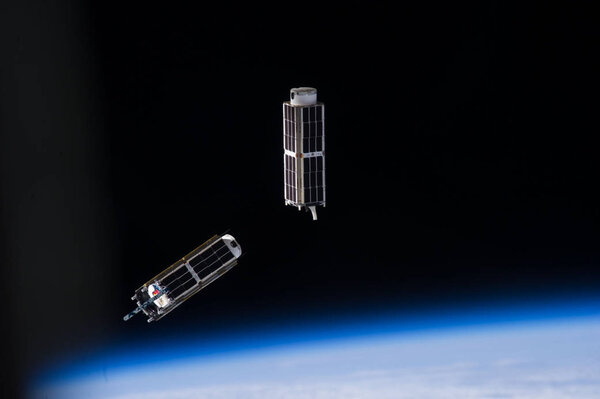 Will tiny satellites launch a new space frontier?
Will tiny satellites launch a new space frontier?An uptick in launch rates of CubeSats raises questions about how far this enabling technology could be taken.
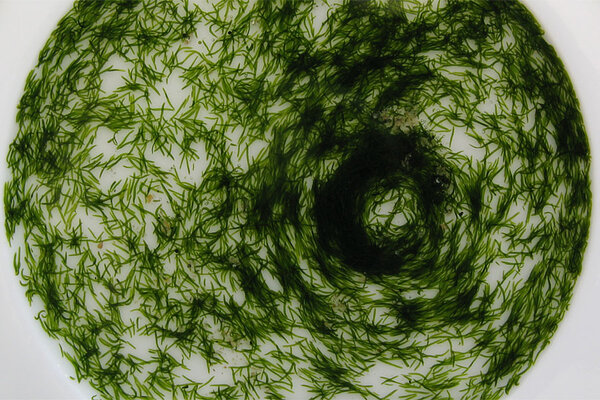 These bizarre worms form social swirls while they sunbathe
These bizarre worms form social swirls while they sunbatheThese solar-powered worms are particularly social, which might be the key to their survival.
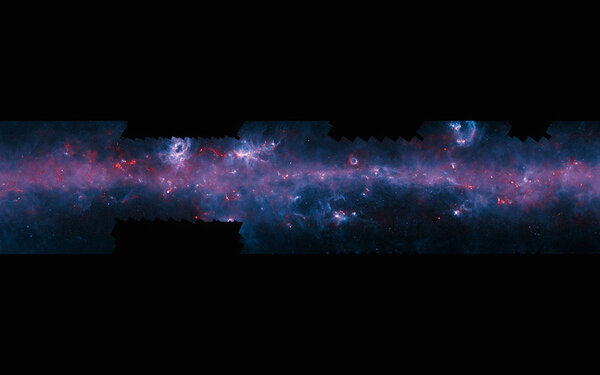 Spectacular new Milky Way map reveals colder parts of galaxy
Spectacular new Milky Way map reveals colder parts of galaxyThe ESO has completed a survey of the Milky Way galaxy that utilized submillimeter wavelengths for the first time. The new map details the location of cold gas concentrations and has already triggered numerous discoveries.
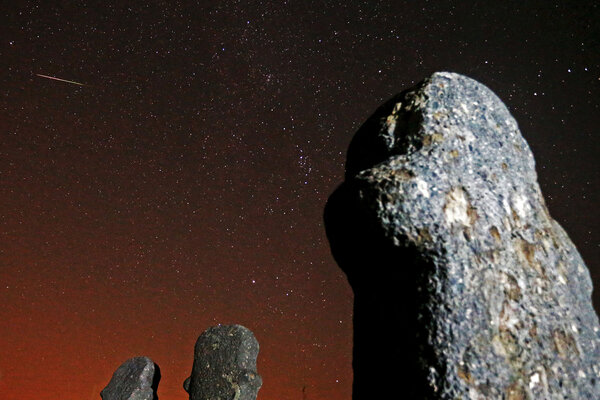 Giant meteor hits Earth. Why no one saw it.
Giant meteor hits Earth. Why no one saw it.The largest meteor to impact Earth since 2013 went unnoticed when it landed on Feb. 6, as tracking near-Earth objects is improving but still notoriously difficult.
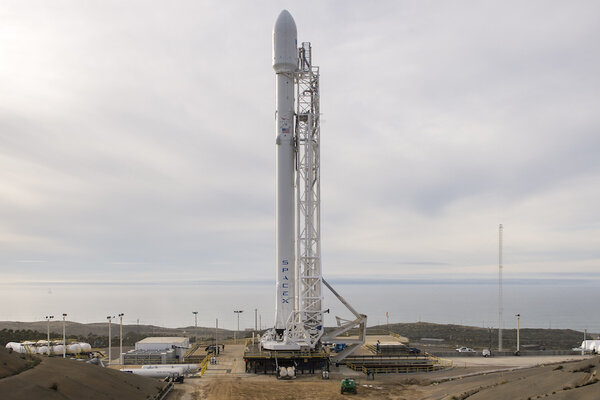 SpaceX to launch satellite, probably crash rocket into drone barge
SpaceX to launch satellite, probably crash rocket into drone bargeSpaceX said that success is 'not expected' for their fourth attempt to land a rocket on a barge at sea. So why are they going ahead with it?
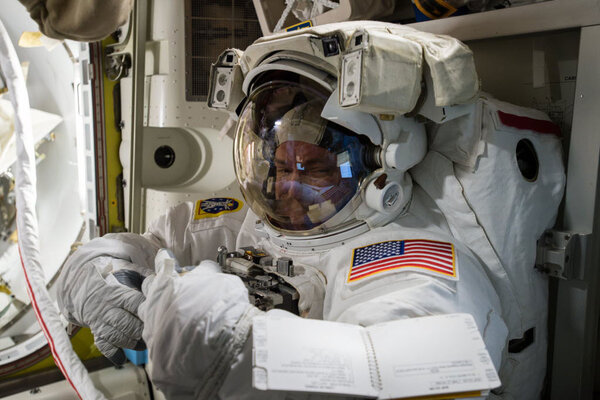 Scott Kelly: What happens after a year in space?
Scott Kelly: What happens after a year in space?American astronaut Scott Kelly and Russian cosmonaut Mikhail Kornienko are returning to Earth after a year in space – longer than any humans since 1999. Why studying long stays in space is important for future missions.
 Do you believe in climate change? It may depend on your politics
Do you believe in climate change? It may depend on your politicsA new research paper has analyzed findings of a plethora of studies from over 50 countries to determine what factors influence a person's belief (or disbelief) in climate change.
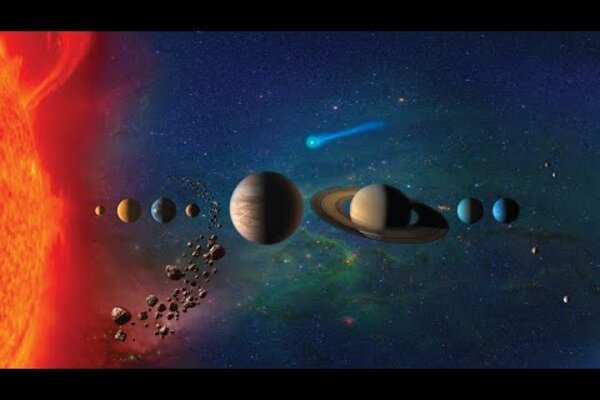 3 days to Mars: How laser propulsion could revolutionize space travel
3 days to Mars: How laser propulsion could revolutionize space travelA photon-based propulsion system in development by scientists at the University of California, Santa Barbara could allow spacecraft to travel at millions of miles per hour.
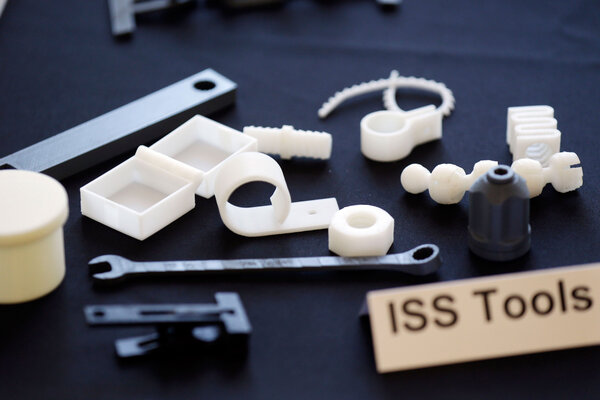 Why NASA is investing in 3D printing in space
Why NASA is investing in 3D printing in spaceNASA is exploring 3D printing with an eye to on-demand spare parts, engine designs that don't need to withstand liftoff, and more.
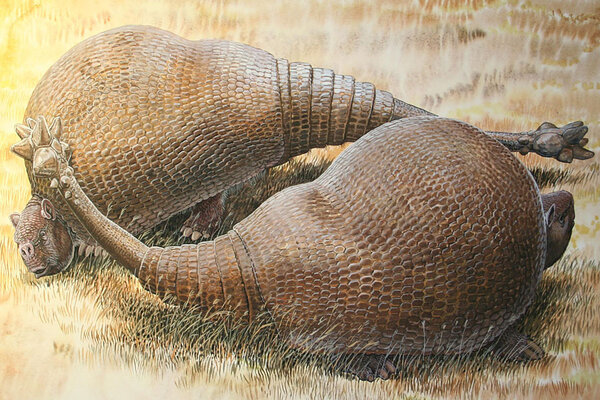 What is that huge-armadillo-looking thing? A huge armadillo, say scientists.
What is that huge-armadillo-looking thing? A huge armadillo, say scientists.Glyptodonts, which lived thousands of years ago, looked like car-sized armadillos. Scientists dug into the extinct animal's DNA and found that there's a reason for the animals' similar physical appearance: They are armadillos.
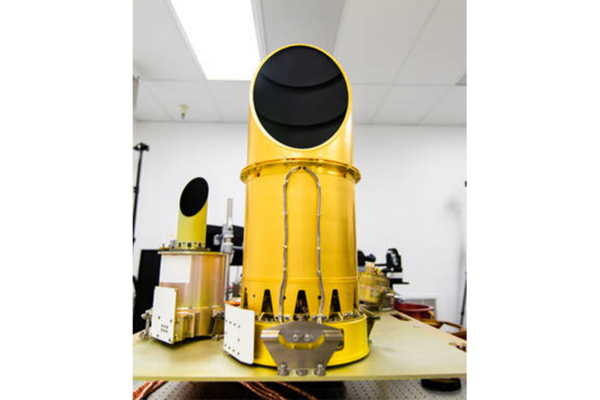 First LookNASA wants to send your artwork to an asteroid
First LookNASA wants to send your artwork to an asteroidIn its latest campaign to get the public excited about space exploration, the agency is calling on people to submit artwork that will be launched into space later this year.
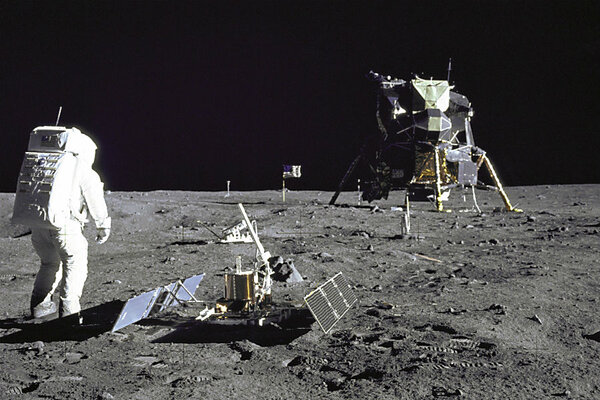 Could there be music on the far side of the moon?
Could there be music on the far side of the moon?On a new show about NASA Sunday, experts look into the possible origins of the strange 'outer-space-type music' heard by the Apollo 10 crew over four decades ago.























